PHASA-35: High-Altitude UAS Offers Game-Changing Potential
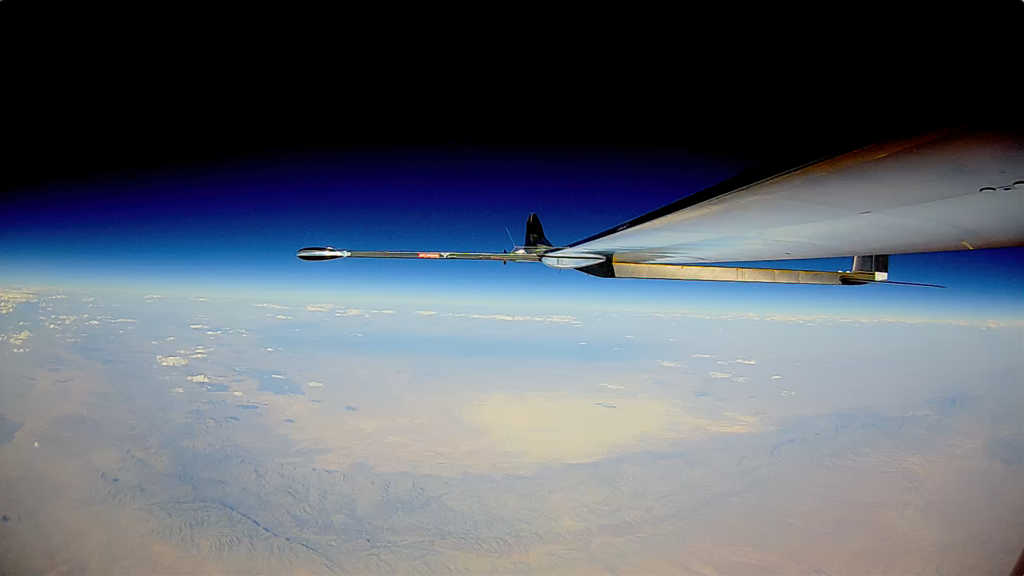

PHASA-35 recently completed its first successful stratospheric flight. (Photos: BAE Systems)
Engineers at BAE Systems have recently achieved a remarkable milestone in the aerospace industry with the successful completion of a stratospheric flight trial of the High Altitude Pseudo Satellite (HAPS) Uncrewed Aerial System (UAS) known as PHASA-35. Designed by BAE Systems’ subsidiary Prismatic Ltd, PHASA-35 represents a pivotal step in the evolution of aviation electronics and unmanned aerial technologies. BAE Systems began collaborating with Prismatic’s team on the PHASA-35 program in 2018, and the company was acquired in 2019.
Over a 24-hour period, PHASA-35 soared to heights surpassing 66,000 feet, reaching the stratosphere before landing back on Earth. This trial, which took place in the White Sands Missile Range in New Mexico, has opened new possibilities for cutting-edge aerospace capabilities with implications across the defense and commercial sectors.
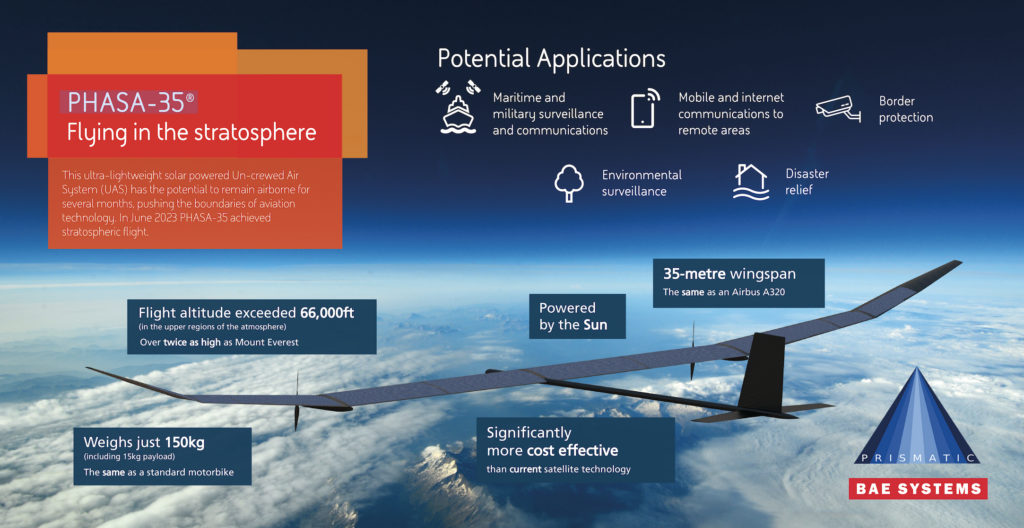
The PHASA-35 program, initiated in 2018, envisions the creation of an innovative platform designed to operate far above conventional air traffic and weather systems.
With its 35-meter wingspan and carrying capacity of 15kg, PHASA-35 utilizes a suite of world-leading technologies, including advanced composites, energy management, solar electric cells, and photo-voltaic arrays, to harness the power of the sun during daylight hours. The stored energy in rechargeable cells enables the aircraft to sustain flight overnight, thus providing a persistent and stable platform for a wide range of applications.
Unlocking the Stratosphere
PHASA-35’s distinguishing feature is its ability to operate in the stratosphere, an atmospheric layer above the troposphere where conventional aircraft and even satellites do not frequently venture. The stratosphere offers unique characteristics, including stable weather patterns and low wind speeds, which make it an ideal environment for extended aerial missions. Most airplanes fly at altitudes of around 35,000 to 38,000 feet, whereas PHASA-35 operates at 60,000 feet or more.
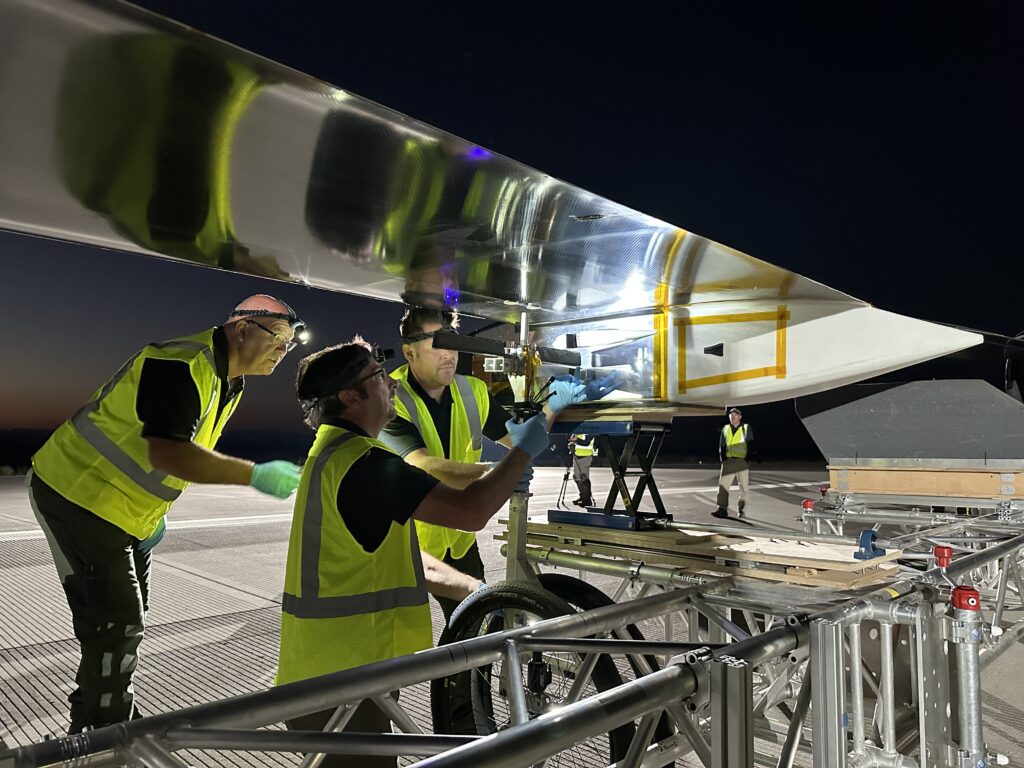
The PHASA-35 team endeavors to exploit the stratosphere’s unique features to achieve extended flight durations. By harnessing solar energy during the day and efficiently managing energy consumption, PHASA-35 aims to fly for prolonged periods—potentially for months at a time. While battery technology poses some challenges, ongoing advancements driven by industries like mobile phones and electric vehicles hold great promise for extending PHASA-35’s endurance and capabilities.
As Phil Varty, Business Manager of UAV Systems at BAE Systems, told Avionics International in an interview, “If you can get up there, and—in our case—use the sun to power some batteries and recharge each day, you don’t need a lot of energy to stay there.”
“On the way up, we’re testing the performance of the engines and the aerodynamic drag of the aircraft to check that it’s performing as we expect,” he remarked. “We were really pleased to see that the aircraft did match all of our predictions and indeed exceeded some of them.”
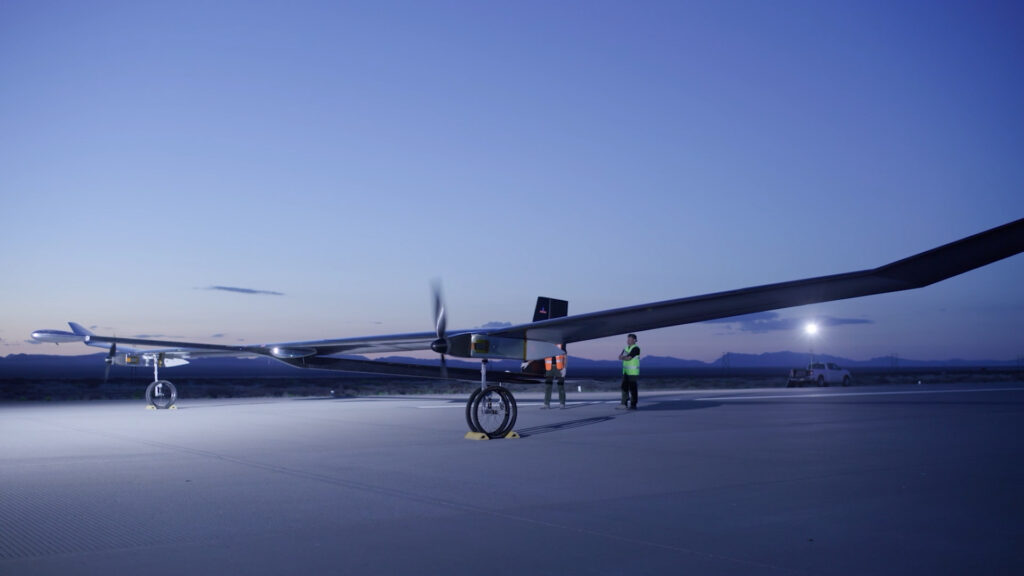
The successful flight trial marks a significant advancement in the PHASA-35 program’s development, bolstering its potential applications in both defense and commercial markets. The platform’s primary mission of intelligence, surveillance, and reconnaissance (ISR) is just the tip of the iceberg for this versatile UAS. PHASA-35 can support disaster relief efforts, border protection, and even serve as an alternative to traditional airborne and satellite systems.
Moreover, PHASA-35’s capacity to provide 4G and 5G communication networks from the stratosphere makes it an appealing solution for remote or under-connected regions. With the ability to remain stationary for extended periods, PHASA-35 “acts like a giant lamppost at 60,000 feet,” beaming communication signals to vast areas below. This opens up possibilities for improved connectivity, especially in areas where ground-based towers are not feasible or cost-effective.
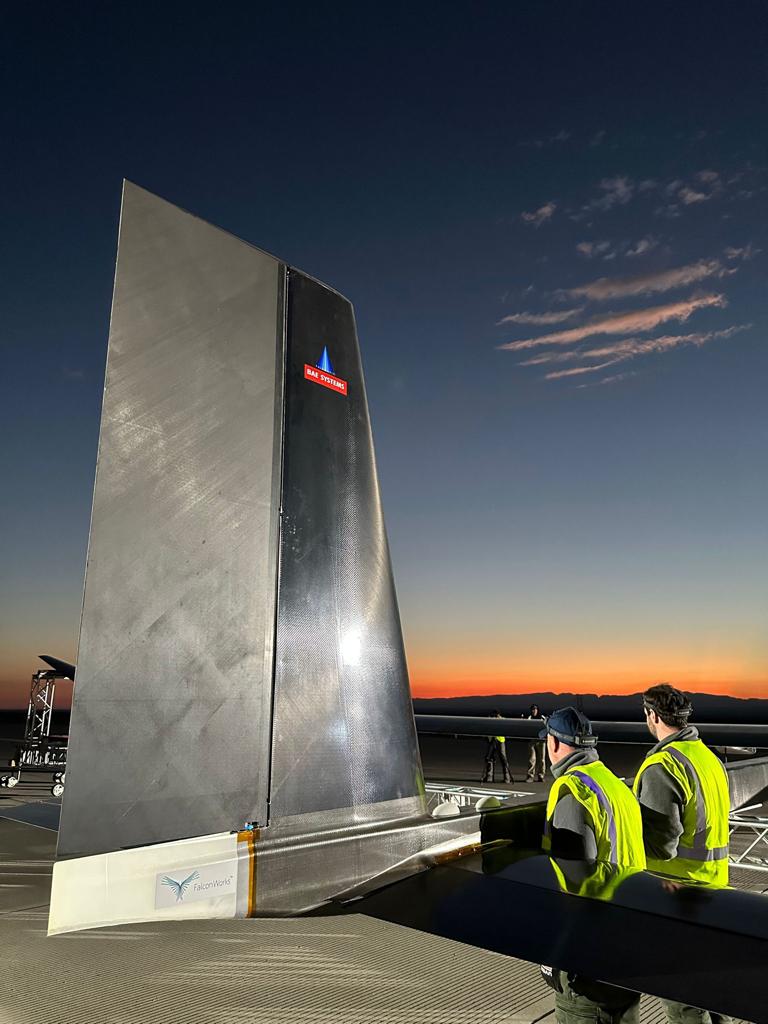
“With one of our aircraft, we can stay over a spot for as long as the batteries allow us to,” Varty said, highlighting one of the differences between PHASA-35 and traditional satellites or conventional UAVs. He believes that there will be increased use of UAVs to provide connectivity over the next five to ten years.
“For some things like communications, there is a fractionally smaller delay with the HAPS than a satellite—that’s important in some applications,” he noted.
FalconWorks
The PHASA-35 program operates under FalconWorks, a cutting-edge center for advanced research and development within BAE Systems’ Air sector. FalconWorks is dedicated to delivering a wide range of combat air capabilities to the UK and its allies. As one of the flagship projects within FalconWorks, PHASA-35 represents a leap forward in aerospace technologies and lays the groundwork for future advancements in unmanned aerial systems.
—————
Boost Internet Speed–
Free Business Hosting–
Free Email Account–
Dropcatch–
Free Secure Email–
Secure Email–
Cheap VOIP Calls–
Free Hosting–
Boost Inflight Wifi–
Premium Domains–
Free Domains





